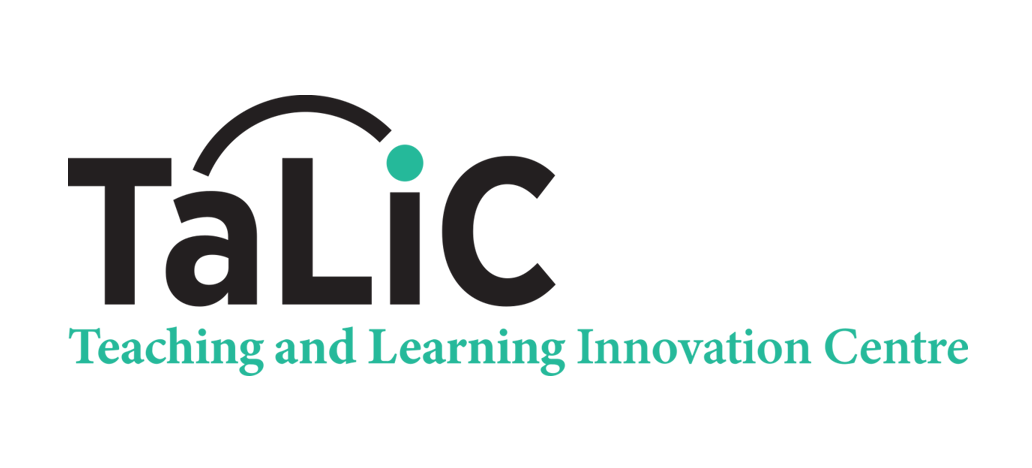AI literacy refers to the understanding and utilization of artificial intelligence (AI) technologies. It encompasses the ability to critically evaluate AI, understand its capabilities and limitations, effectively communicate and collaborate with AI systems, use AI as a tool in various contexts, and understanding privacy and safety-related issues (Chan & Colloton, 2024; Kong et al., 2021b; Long & Magerko, 2020). Fostering AI literacy is essential in academic, workplace, and daily life contexts. At the same time, it is necessary to also recognise and understand the challenges that exist due to rapid AI development, resource availability, and accessibility constraints.
An AI literate learner, according to Chan & Colloton (2024), should comprehend basic AI terminology, utilize AI applications, differentiate realistic expectations from exaggerated hype, understand AI safety and security, and use AI responsibly. Moreover, it should be noted that one’s context or role may influence an individual’s understanding of AI literacy.
AI literacy is important as helps individuals identify misconceptions about AI, use AI ethically and responsibly, enhance career opportunities, and develop innovative and creative products. Misconceptions can arise from swift technological advancements and exaggerated marketing strategies. Understanding AI’s concepts, applications, and capabilities is crucial for responsible interactions, while ethical awareness safeguards privacy and ensures unbiased decision-making. AI literacy can further enhance competitiveness in the job market, as well as foster innovation by leveraging AI’s creative potential in problem-solving (Eapen et al., 2023) and generating media.
AI literacy can be developed and supported through various approaches, including though a combination of lectures on AI concepts and principles, followed by hands-on applications of the taught material for students to apply their knowledge and develop both AI literacy and interest (Perchik et al., 2023; Shih et al., 2021). Laupichler et al. (2022) also found that AI literacy can be cultivated through individual courses or broader curricula, with governments recognizing the need for strategies to enhance AI literacy among citizens, while Chan (2023) identifies ten key areas for planning AI policies in higher education institutions, including addressing academic misconduct, ensuring data privacy, evaluating AI implementation, and providing training for AI literacy.
Assessing AI literacy can be complex and diverse, influenced by factors including learning contexts and institutional policies. Kong et al. (2021a) used tests and surveys to evaluate students’ learning outcomes in an AI literacy course, looking at their understanding of AI concepts, their self-perceived level of AI literacy, and the extent to which students felt empowered by their AI use. These measures assessed students’ progress in understanding AI concepts and their perceptions of AI’s impact on their lives. Meanwhile, Kong et al. (2022) employed reflective writing as an evaluation measure in an AI literacy program, where students reflected on their understanding of AI and ethical considerations.
In conclusion, developing AI literacy requires a comprehensive approach that encompasses various considerations and strategies. By implementing effective teaching methods, assessing knowledge and perceptions, and promoting critical thinking, individuals can enhance their AI literacy and navigate the AI-driven world effectively and responsibly.
| Understanding the Five Aspects of the AI Literacy Framework | ||||
|---|---|---|---|---|
| AI Concepts | AI Application | AI ‘Affectiveness’ for Human Emotions | AI Safety and Security | Responsible AI Usage |
Familiarity with basic terminology
|
Awareness of common AI applications, APIs and plugins
|
Understand how AI can recognise, interpret, and respond to human emotions
|
Awareness of potential security risks
|
Responsible use of AI applictions and understand and take steps to address limitations of AI systems
|
(Chan & Colloton, 2024)




